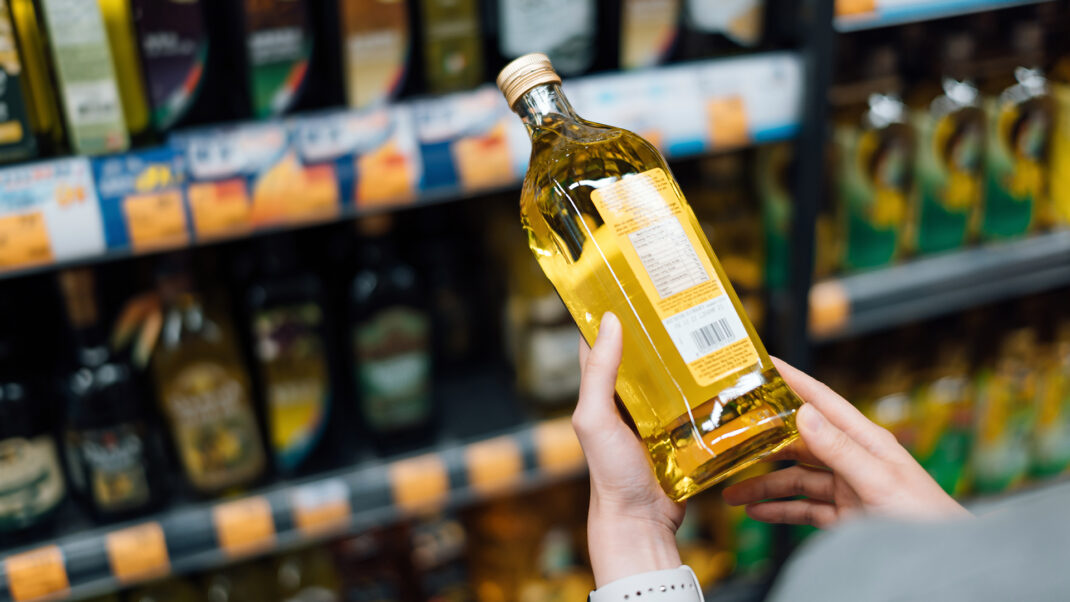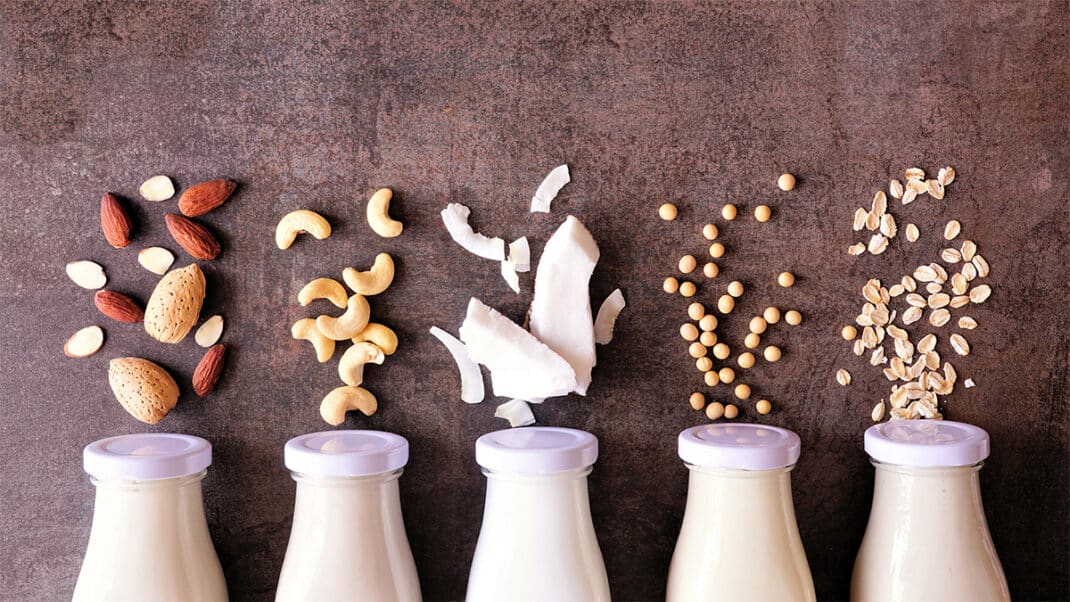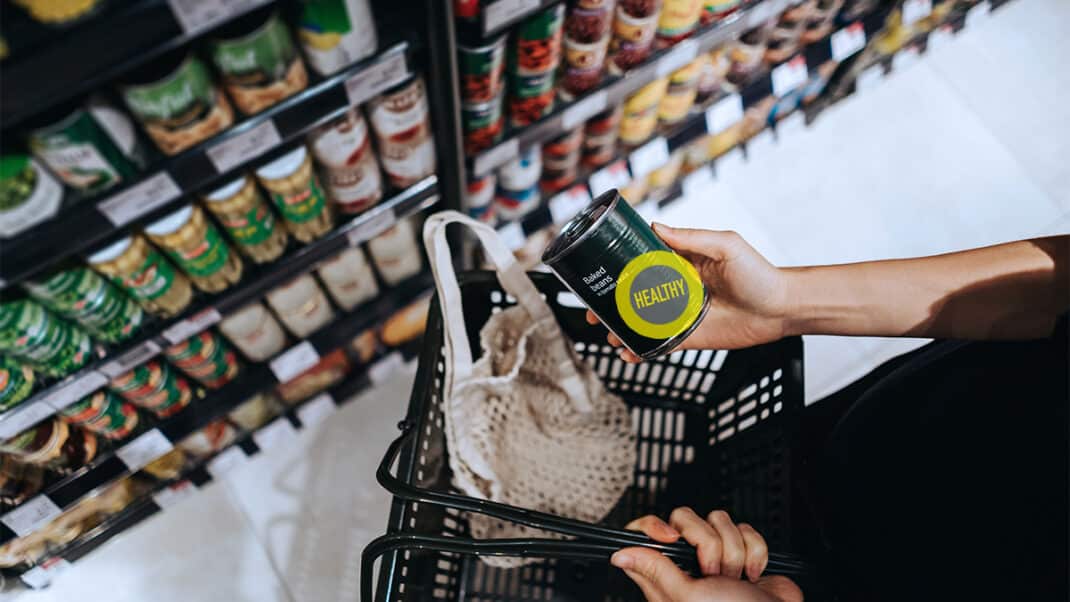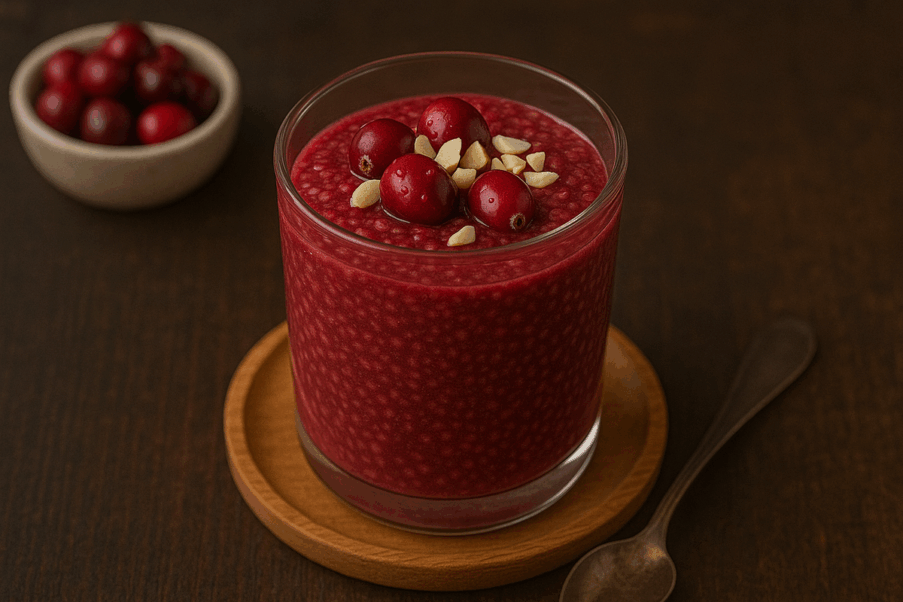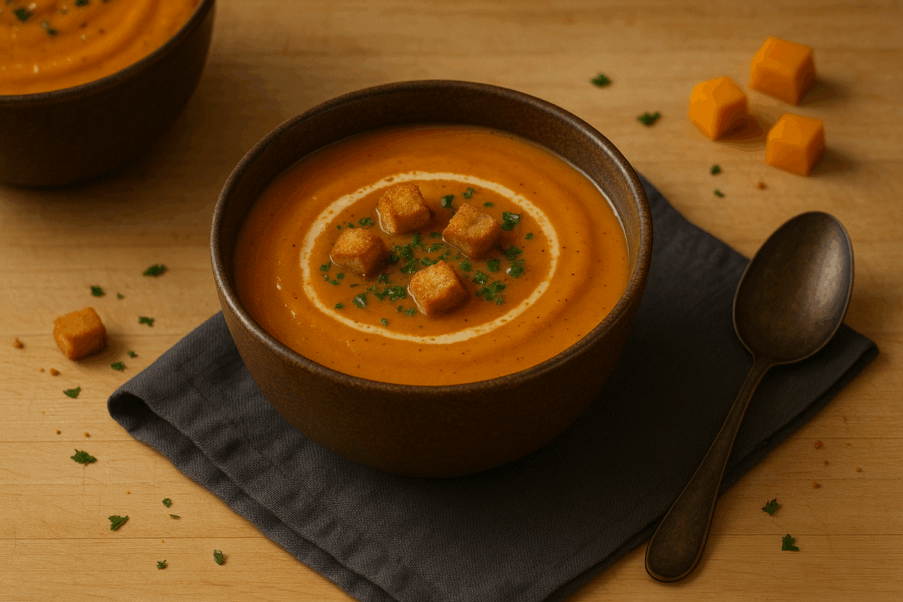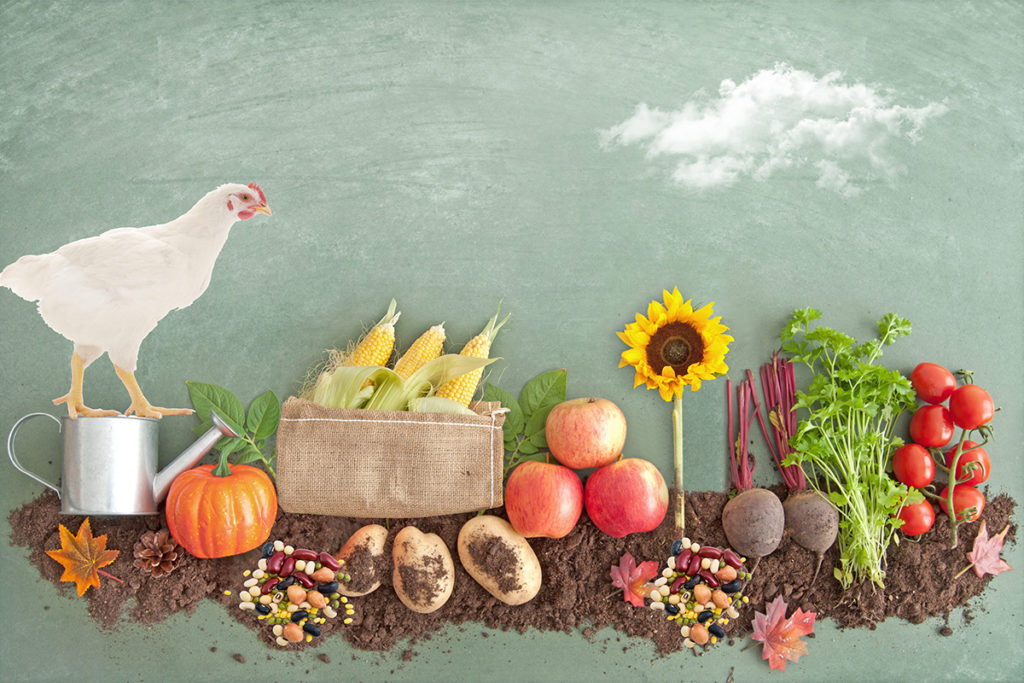Food Packaging and Perception
How labels and package designs change the way we think and the foods we choose.

Beverage and food packaging can have a big impact on consumers’ perception of product healthfulness—and the likelihood they will place an item in their shopping carts.
An investigation entitled, I Believe It Is Healthy—Impact of Extrinsic Product Attributes in Demonstrating Healthiness of Functional Food Products, published in Nutrients, should catch the eye of manufacturers. A team of researchers used images of a ready-to-drink smoothie product to determine that the following food packaging attributes contribute to the perceived healthfulness of the beverage:
- a “with natural ingredients” or “organic” claim (these were more credible than a specific health claim)
- the claim “26 g protein per serving”
- boasting about a nutrient level in the product
- a nutrition claim such as “no added sugar”
- a statement of domestic origin
- a nutrition label that’s column-shaped instead of round or humanoid
- white-blue or white-green label color (instead of white-red)
So ask yourself this: Would a bag of American-made “all-natural” and “sugar-free” potato chips—that trumpets its extra protein—and is all dressed up in healthy-looking white-green labeling be enough for you to buy in?
See also: Food Brand Names Change Perceptions
Matthew Kadey, MS, RD
Matthew Kadey, MS, RD, is a James Beard Award–winning food journalist, dietitian and author of the cookbook Rocket Fuel: Power-Packed Food for Sport + Adventure (VeloPress 2016). He has written for dozens of magazines, including Runner’s World, Men’s Health, Shape, Men’s Fitness and Muscle and Fitness.
